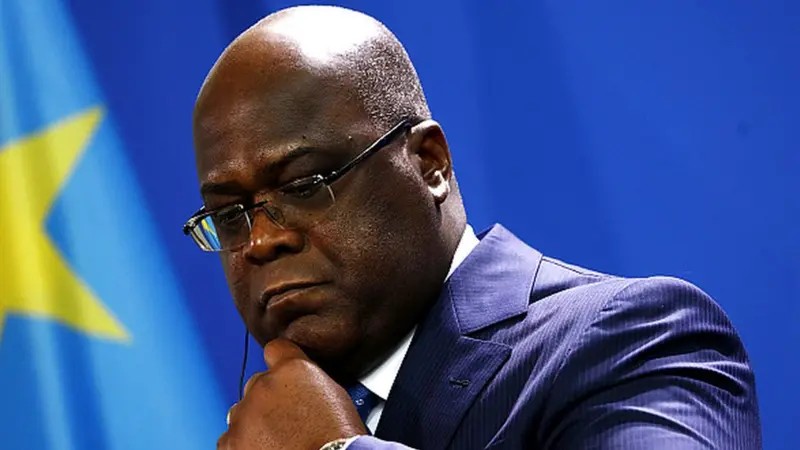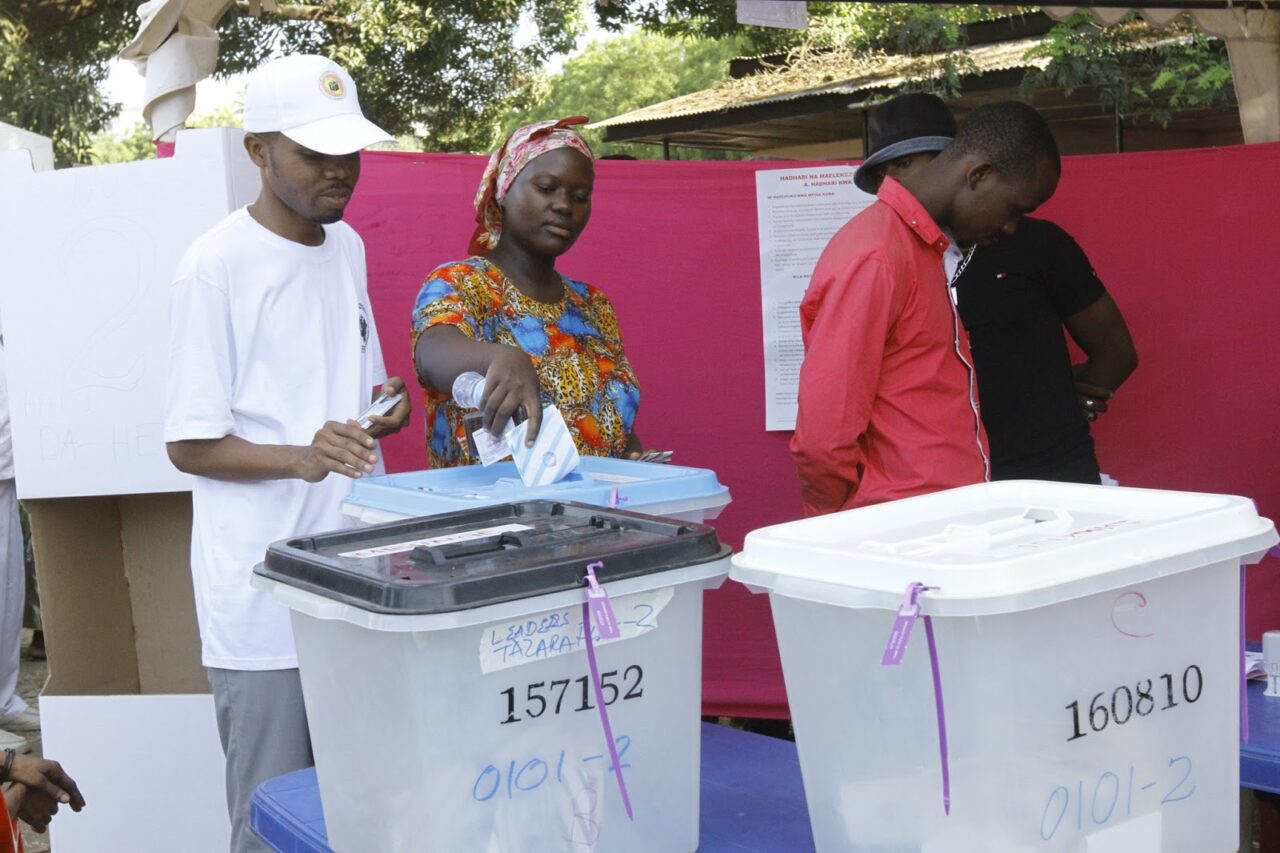Once upon a time in Africa, a visionary idea was born — the East African Community (EAC), an intergovernmental organisation comprising three countries: Tanzania, Kenya and Uganda.
The seeds of the EAC were first sown in 1967, but alas, the budding union collapsed a decade later in 1977, succumbing to the bitter winds of ideological differences and financial turmoil.
Yet, from the ashes of this setback, the EAC emerged again in 2000, a phoenix with a renewed purpose — fostering economic, social, and political cooperation among its diverse member states. The new EAC now hosts eight countries: Burundi, the Democratic Republic of Congo, Kenya, Rwanda, Somalia, South Sudan, Tanzania, and Uganda.
As we journey through the history of the EAC, we find that its initial demise was fueled by the fiery clash of ideologies, notably between socialist Tanzania and capitalist Kenya.
The inability of Uganda to meet its financial obligations after the 1971 coup by Idi Amin further strained the alliance, sending shockwaves of political and economic turmoil. The absence of compensatory measures to address the unequal distribution of gains and losses and a lack of visionary leadership left the EAC in shambles.
Precipice of potential
Fast forward to the present, the EAC is home to over 330 million people across an expansive 5.4 million sq. km, a shoreline of about 5,293 kilometres, with a combined GDP of about $350 billion and an estimated PPP of $956 billion.
READ MORE: Somalia Joining EAC: A Win for Both Parties?
As we stand on the precipice of potential, the EAC has made commendable strides, establishing a customs union, a common market, and a monetary union protocol. The dream of a political federation looms on the horizon, promising direction not only for the EAC but for the entire African continent.
Yet, our tale is not without its share of challenges. Serious political instability and security threats in DRC, South Sudan and Somalia, trade disputes in Tanzania, Kenya and Uganda, infrastructure gaps connecting member states, institutional weaknesses, and cultural diversity cast looming shadows over the EAC’s aspirations.
The dream of economic integration, the promise of prosperity, faces obstacles that require joint efforts and pragmatic solutions.
In the wake of recent tensions, marked by the looming threat of a DRC invasion of Rwanda and a diplomatic fallout between the DRC and Kenya, resulting in the recall of the DRC ambassador over allegations that Kenya allowed the launch of a rebel alliance in its capital, it becomes evident that the challenges facing the EAC run deeper than the optimistic narratives presented in summits and policy documents.
These real-world complexities demand a closer examination and a more nuanced understanding of the intricate dynamics at play, highlighting the formidable obstacles that need to be addressed for the EAC to solidify its strength and unity truly.
READ MORE: EAC Membership Is No Panacea for DRC’s Problems
Let us delve deeper into the narrative, exploring the EAC’s potential to catalyse trade and economic integration among its members. The customs union and common market, designed to eliminate tariffs and quotas, hold the promise of increased trade volumes, reduced transaction costs, enhanced competitiveness, and job creation.
Conflicting interests
However, the plot thickens as member states grapple with divergent trade policies and conflicting interests on the global stage, such as trade deals with the European Union, China, and the United States, leading to disputes that test the EAC’s coherence. These conflicts often result in trade disputes and disagreements within the EAC and affect its bargaining power as a regional bloc.
Infrastructure emerges as another potential boon, with member states investing in roads, railways, ports, airports, energy, and communication. These projects, while promising economic growth and poverty reduction, encounter hurdles in the form of differing development levels and limited resources.
The reliance on external donors and investors introduces an element of unpredictability, coupled with environmental and social challenges associated with implementation.
In our story of hope and hurdles, the EAC emerges as a beacon for security and stability. Cooperation on defence, counter-terrorism, peacekeeping, and conflict resolution creates a framework for trust and solidarity. Yet, the spectre of security threats — civil wars, insurgencies, military conflicts between nations, terrorism — and divergent political ideologies threaten the very unity the EAC seeks to foster.
READ MORE: DRC Admission a Game Changer for EAC Region
As we gaze beyond the new players, the DRC and Somalia, and focus on the political systems of established players of Tanzania, Kenya, South Sudan, Uganda, and Rwanda, a tapestry of differences unfolds.
While the EAC aspires to witness flourishing democracy and the rule of law, the reality paints a varied picture. Tanzania and Kenya, with their hybrid democracies, seem to lead the way, leaving Rwanda and Uganda lagging. Security challenges faced by newer entrants like DRC, South Sudan, and Somalia add complexity, indicating that aspirations may be a distant dream.
Crucial juncture
Embracing a realistic perspective, unencumbered by utopian ideals, reveals that while the concept holds significant promise, the EAC stands at a crucial juncture. Our regional bloc possesses immense potential alongside enduring challenges.
The trajectory thus far has witnessed commendable strides in trade, infrastructure, and security. However, the path forward is fraught with complexities — political instability, security threats, trade disputes, infrastructure gaps, institutional weaknesses, and the rich tapestry of cultural diversity.
The EAC’s narrative unfolds as a nuanced tale of promise and adversity, demanding a pragmatic approach to navigate the intricate landscape ahead.
READ MORE: Why The DRC’s Election Is a Halting Step Towards Embedding Democracy
The EAC’s destiny depends on especially the political and economic actions and decisions of today. To fulfil its potential and surmount its problems, the EAC and its member states must embrace a pragmatic and inclusive approach to regional integration.
Addressing root causes, leveraging comparative advantages, and strengthening fair and sustainable cooperation with regional and global actors will be the keys to unlocking a future where the EAC fulfils its promise of becoming a successful and influential regional organisation.
As the pages of this narrative turn, the EAC’s story unfolds, a tale of vision, mission, promise, and challenge — a regional bloc with the power to shape its own destiny.
Kennedy Mmari is the Founder and Chief Executive Officer of Serengeti Bytes, a Dar es Salaam-based communications, public relations and digital media agency. He’s available at kennedy@serengetibytes.com and on X as @KennedyMmari. The opinions expressed here are the writer’s own and do not necessarily reflect those of The Chanzo. If you are interested in publishing in this space, please contact our editors at editor@thechanzo.com.





2 responses
Well put Kennedy
Thank you Kasera